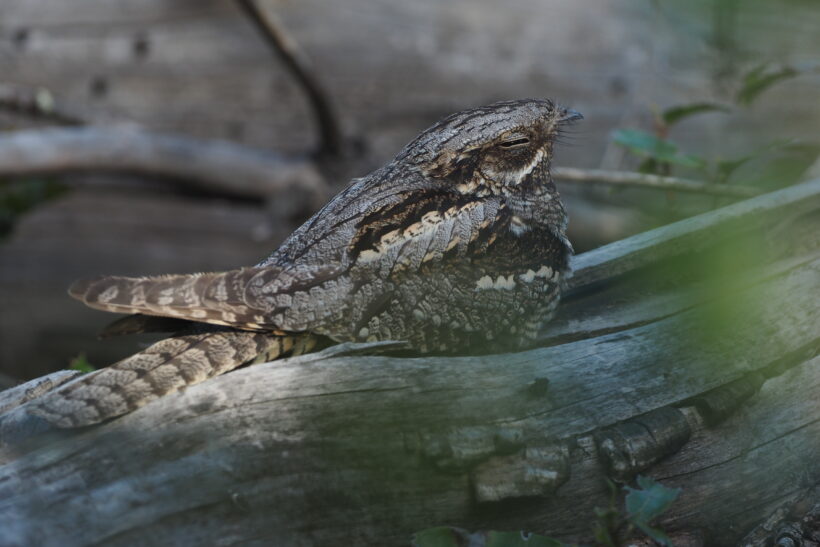Caprimulgus europaeus
Nightjars are crepuscular and nocturnal birds that can be detected at night thanks to their distinctive purring song. Their cryptic plumage makes them very difficult to spot in their environment. Although nightjars appear to have a small beak, they can actually open ther mouth very wide to gobble up insects in flight.
The European nightjar breeds throughout most of Europe and as far as Central Asia, nesting on the ground in semi-open habitats. This highly migratory species winters in sub-Saharan Africa. It migrates at night, and one study has shown that it can cross hostile areas such as the Sahara at altitudes of over 1,400 metres.
In order to determine their behaviour and precise migratory routes, European nightjars are captured using vertical nets in their breeding territory. They are fitted with a 0.5 g GLS that records data (approximate geographical position and precise atmospheric pressure for altitude). In order to collect the data, the GLS must be recovered the following year by recapturing the birds on their return from wintering.

